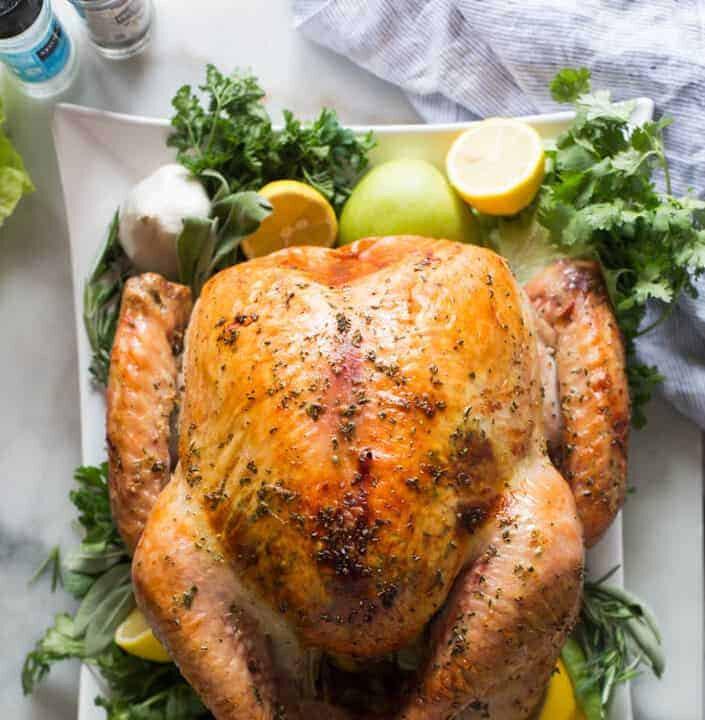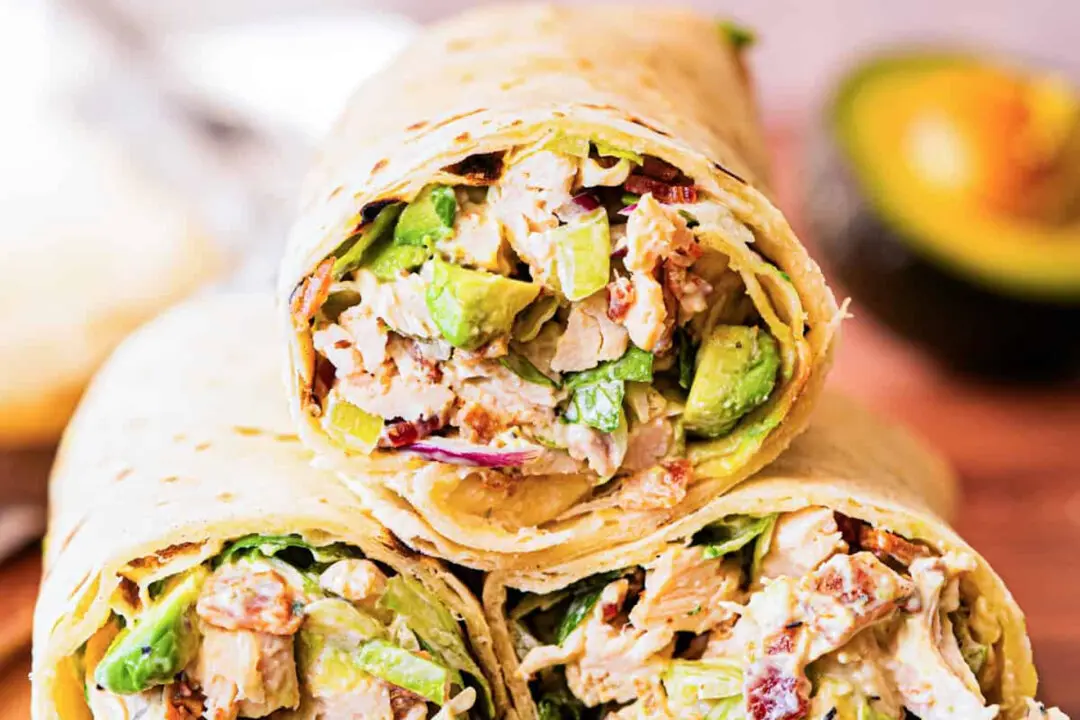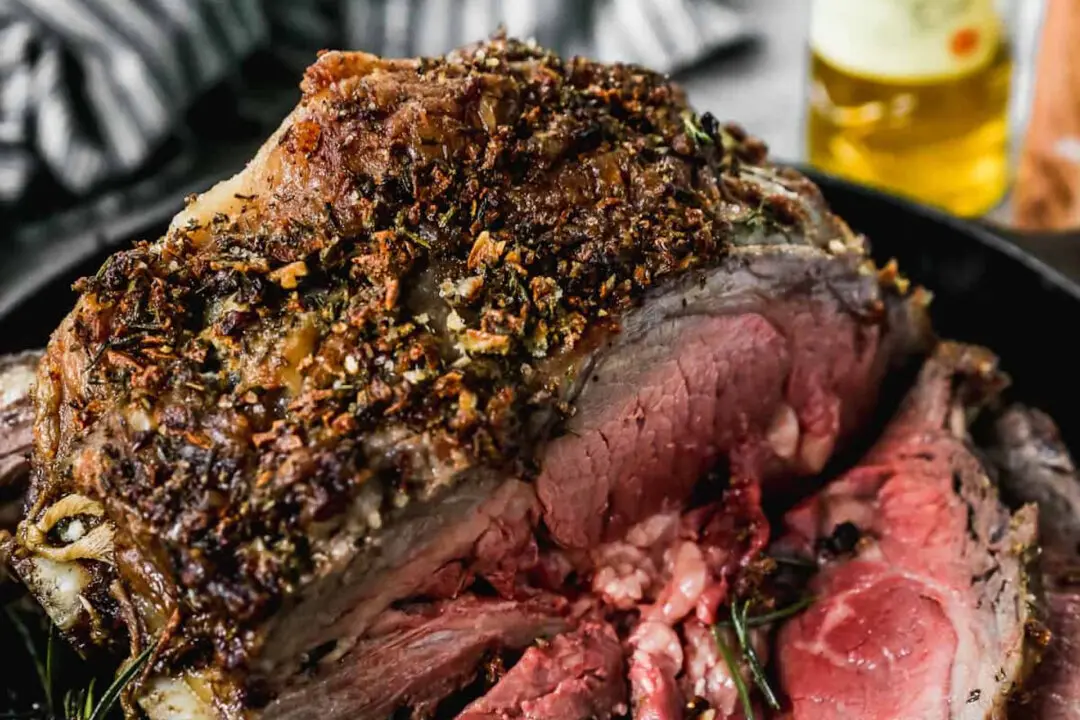View print-friendly version of this recipe.
Why in the world do people stress so much over their Thanksgiving Turkey? Ok, I guess it IS the centerpiece of your Thanksgiving meal. And that usually means you have a table full of people not to disappoint. Ok, I get it. It’s a big deal.





